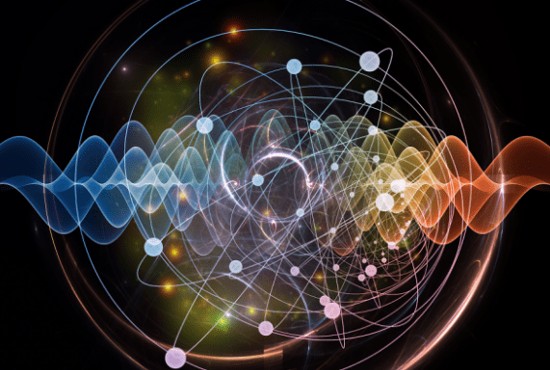I recently learned some new things about quantum materials, states, and computing. Let me share them with you.
Quantum Materials Are Not “Normal”
If there is a definition of normal materials, quantum versions don’t fit the bill. They don’t behave according to the Newtonian Laws of Physics. And for this, we should be thankful because quantum materials have helped in creating all kinds of novel inventions including superconductors, new types of powerful magnets like the kind used in tokamak fusion reaction chambers, fault-tolerant quantum computers and sensors, and more.
Recently researchers in Germany, Japan, and the United States discovered that the behaviour of quantum materials could drastically alter the behaviour of normal materials. In this case, the normal material was water.
Quantum materials appear normal but they don’t act that way. Their electrons act with increased intensity causing quantum effects and allowing electricity to flow at extremely low temperatures without voltage loss. Normal materials can’t do that.
Using this unique quality of quantum materials made it possible for the researchers using a cryostat to build a super thermos cooled to nearly absolute zero while inside it water remained in a liquid state. Boggles the mind, doesn’t it?
The published results of the experiment appeared in December in Nature Physics in an article entitled, “Spin–orbital liquid state and liquid–gas metamagnetic transition on a pyrochlore lattice.”
Quantum States and Something Called Entanglement
Every physical system appears in various states. For example, an electron has a charge and spin which produces a measurable result that we can read. That is its material present state. But quantum states don’t just deal with the present. They consider change over time. For example, water can turn into vapour or ice depending on temperature changes.
In Newtonian physics, we can calculate the normal variability of the ability of a material to change its present state. But Newton didn’t have the means to drill down to look at atoms and subatomic particles and how external changes influenced their behaviours.
Today, quantum states are described in mathematical terms that describe changes in state related to spin, superposition, and entanglement. Here we run to theorems like the Schroedinger equation. (If you have watched “The Big Bang,” the reference to Schroedinger’s cat in the box experiment may come to mind.)
Quantum states unlike classical physical states are measured in probabilistic ranges. The mathematics used helps describe these quantum states. The reconstruction of quantum states is called tomography.
So what is entanglement? It happens between two different types of particles which have wavelike attributes. The typical analogy for the interaction of these particles is as if they are two boats whose wakes cross as they cross a body of water. Sometimes the waves in the wake cancel each other out. Sometimes they amplify the movement in the water to create a bigger wave. The interference that occurs is called entanglement and it can be measured.
In a recent experiment, physicists have observed for the first time quantum interference occurring between two dissimilar subatomic particles. This entanglement interaction was a known phenomenon in two particles of the same kind, let’s say photons. But had not been observed in interactions between different subatomic particles.
What does this mean for scientific progress in the quantum world? A better understanding of quantum mechanics and the ability to measure matter in the subatomic world. In the end, I am sure this will lead to even more inventions with practical applications to help us solve the challenges we face in the 21st century.
Is Quantum Computing or Artificial Intelligence More Dangerous?
I came across this debate several months ago online in Foreign Policy (FP) Magazine. FP columnist, Vivek Wadhwa, and Stanford University professor, Mauritz Kop posed the question and then came to a mixed conclusion.
They were comparing the “demon of artificial intelligence” (AI), “or the technologies masquerading as such” with quantum computing, a technology that they stated if gotten wrong would compromise private communications and banking, and disrupt the security of every digital computer on the planet.
They referred to two AI examples. One was autonomous vehicles. The second was the algorithms baked into social media. They didn’t know about OpenAI and ChatGPT. It would have been interesting to add it to the AI versus quantum computing debate.
Tesla automobiles suffer from an AI that is imperfect. Hence some Teslas using the highest autonomous settings have crashed. That may say more about the stupid human occupant than the quality of the code and sensors packed into these vehicles.
And then there are the AI algorithms that hypercharge human prejudice on social media leading to fake news, misinformation, conspiracy theories, the undermining of scientific discovery, learning and delegitimizing government.
To this add quantum computing and state the two debaters, you have technologies dangerously capable in the wrong hands of causing all kinds of turmoil. For example in China, advancements in quantum computing and quantum communications may have theoretical value in advancing science and technology, but considering that country’s hyper-supervisory state control behaviours, the road to future perdition could be one paved by the outcomes of quantum physics combined with the current and future advancements in AI.
The two debaters in the end agreed that AI and machine learning in their current state was already out of control and damaging the present. They concluded that the addition of quantum computing might produce a recipe not worth cooking.









